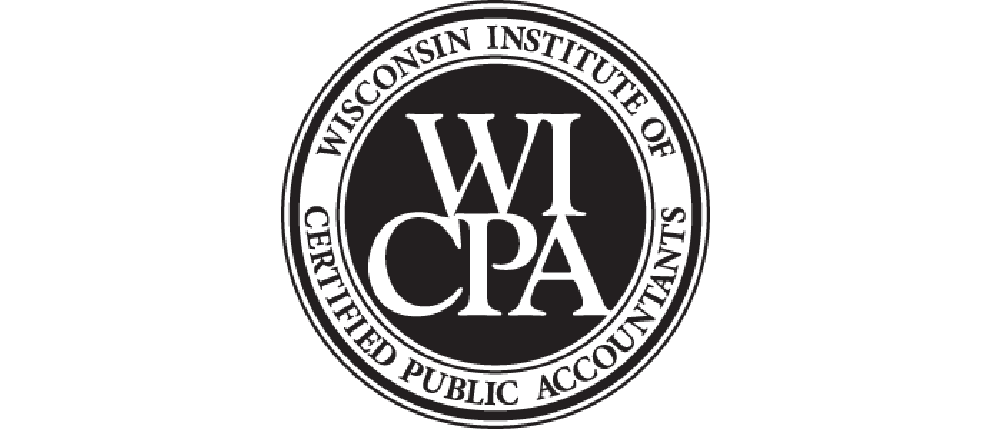President Trump has signed into law the Families First Coronavirus Response Act. Among other things, the new law temporarily requires certain employers to provide expanded paid sick and family leave for employees affected by the coronavirus (COVID-19) pandemic. Employers’ increased costs will be offset by new tax credits, which also may be available to self-employed individuals.
Expanded family and medical leave
The new law amends the federal Family and Medical Leave Act (FMLA) for employers with fewer than 500 employees. Those employers generally must provide employees who’ve been on the job for at least 30 calendar days (including those who work under a multiemployer collective agreement and whose employers pay into a multiemployer plan) with up to 12 weeks of job-protected leave, part of it paid.
The new law generally allows the leave in circumstances where an employee is unable to work (or “telework”) due to a need to care for a minor child whose school or paid place of childcare has been closed or is unavailable due to COVID-19.
The FMLA generally requires only job-protected leave, not paid leave. For leave under the new law, only the first 10 days (two weeks) of leave may be unpaid; however, the employee may utilize any accrued employer-provided personal time off during the unpaid period. (Those 10 days might, however, qualify for paid sick leave; see below.)
After 10 days, covered employers must provide paid leave at two-thirds of an employee’s usual rate. The pay requirement is limited, however, to $200 per day and $10,000 total per employee.
Be aware that certain exemptions and special rules may apply regarding expanded family and medical leave.
Paid sick leave
Under the new law, employers with fewer than 500 employees must provide 80 hours of paid sick leave for full-time employees in certain situations. Part-time employees are entitled to this paid sick leave for the average number of hours worked over a two-week period.
Employees are eligible regardless of how long they’ve worked with the employer, and employers can’t require an employee to use other paid leave before the paid sick time.
An employee qualifies for the leave when he or she is unable to work (or telework) because the employee:
- Is subject to a COVID-19-related quarantine or isolation order,
- Has been advised by a health care provider to self-quarantine,
- Is experiencing COVID-19 symptoms and seeking a medical diagnosis,
- Is caring for an individual subject to a COVID-19-related quarantine or isolation order,
- Is caring for a son or daughter whose school or place of care has been closed, or whose childcare provider is unavailable, due to COVID-19 precautions, or
- Is experiencing substantially similar conditions specified by the U.S. Secretary of Health and Human Services Alex Azar.
When leave is taken for an employee’s own illness or quarantine (reasons 1 through 3 above), the leave is required to be paid at the employee’s regular rate, but no higher than $511 per day ($5,110 total). For leave taken for reasons 4 through 6 above, the leave is required to be paid at two-thirds of the regular rate, capped at $200 per day ($2,000 total). Employees who are unable to work due to scenario 5 listed above are entitled to pay at 2/3 their regular rate for up to $200 per day, or $12,000 total over a 12-week period, according to the Emergency Family and Medical Leave Expansion Act. Part-time employees are entitled to receive the number of hours of paid sick time equal to the number of hours worked during the prior six months over a two-week period.
Note that certain exemptions and special rules may apply regarding paid sick leave.
Tax credits for employers and the self-employed
Eligible employers may take immediate advantage of special tax credits designed to reimburse them dollar-for-dollar for providing COVID-19 related leave to their employees. The credit is applied against the employer's share of payroll taxes, including Medicare and Social Security. . If the cost of the paid leave is higher than the amount of payroll taxes eligible to be withheld, employers will be able to file a request with the IRS for accelerated payment to cover the disparity.
Covered employers generally can take a federal payroll tax credit for 100% of the qualified family and sick leave wages they pay each quarter. The credits generally are available only to employers required to provide benefits by the new law.
The amount of wages taken into account for the paid family leave for each employee is capped at $200 per day and $10,000 for all calendar quarters. The amount of wages taken into account for paid sick leave is limited to $511 per day for leave taken for the employee’s own illness or quarantine and $200 for leaves taken to care for others.
Wages taken into account when computing the credit amount won’t be taken into account when computing the existing Section 45S business tax credit for paid family and medical leave.
Note that tax credits may also be available to certain self-employed individuals.
Effective dates
The new law provides that the paid leave provisions must take effect no later than 15 days after enacted. They expire on December 31, 2020. More relief affecting employees and businesses is sure to follow this legislation. Turn to us to for the latest developments by contacting your local trusted business advisor.
This article includes information dated up to March 24, 2020 and does not reflect any recent guidance, changes, or updates since that date.








